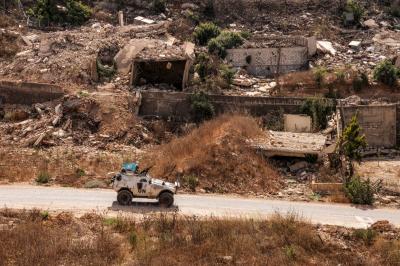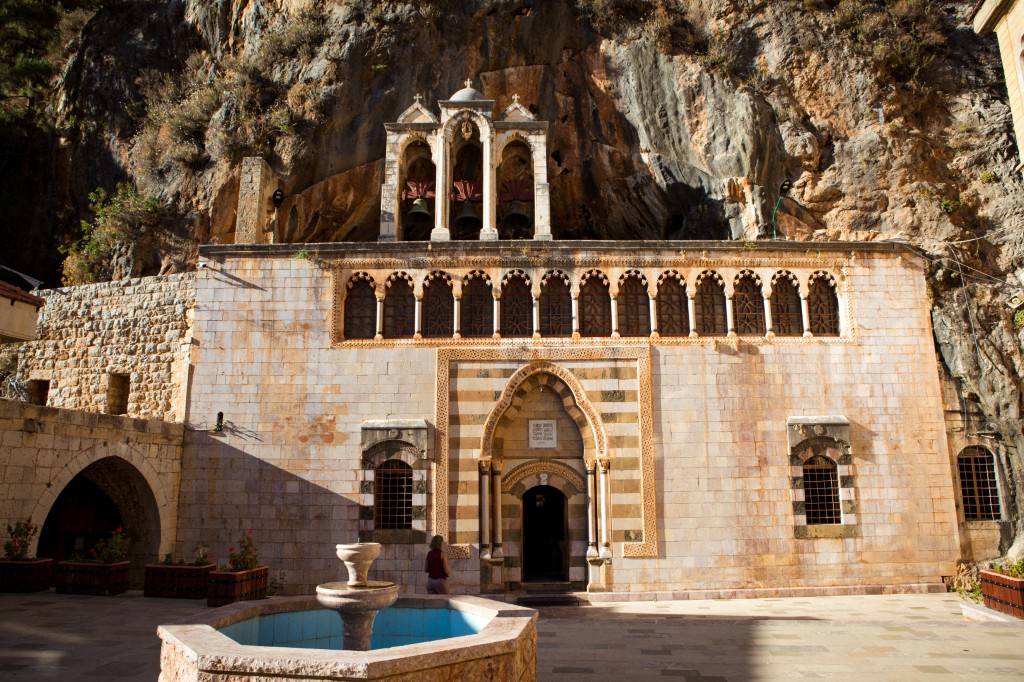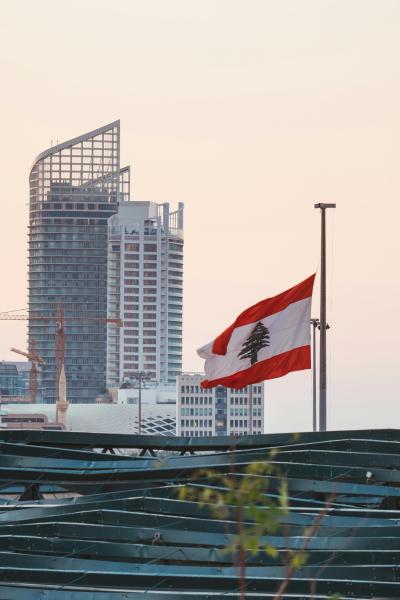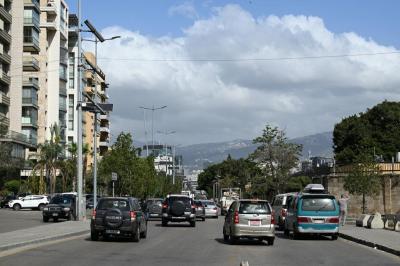During these times when the country seems to slip away from us more and more, it is essential to return to our core values, to find our bearings, to reconnect with our heritage, monuments, national treasures, and pride. In other words, we need to reclaim our territory.
The Qadisha Valley was inscribed on the UNESCO World Heritage list in December 1998 under the "cultural landscape" category. Indeed, Lebanon submitted a dual file to the committee, including the cedars of Bécharré. Threats were multiplying, and, as always in Lebanon, it was necessary to fight against the destroyers. It is not an exaggeration to say that this valley is a treasure for humanity.
The magnificent valley is privileged to have two names. Qadisha, in Syriac, means sacred, while Wadi Qannoubine, from the Greek koinobion, means convent or monastic community. However, under both names, it is the same place, inhabited since prehistoric times and serving as a refuge or place of exchange according to the eras.
The valley, surrounded by 21 villages, is considered the center of the Lebanese Maronite community and houses about twenty hermitages and three major monasteries, as well as caves, some of which have a sacred character for visitors. These caves would have served as refuges for monks and families fleeing various invasions but also as lookout posts during the Crusader period. From these caves, where pilgrims came to celebrate the death and resurrection of Adon as early as the 3rd millennium BC, where Jacobites, Ethiopians, Syriacs, Melkites, and Muslim Sufis left their traces, they later became convents and places of worship.
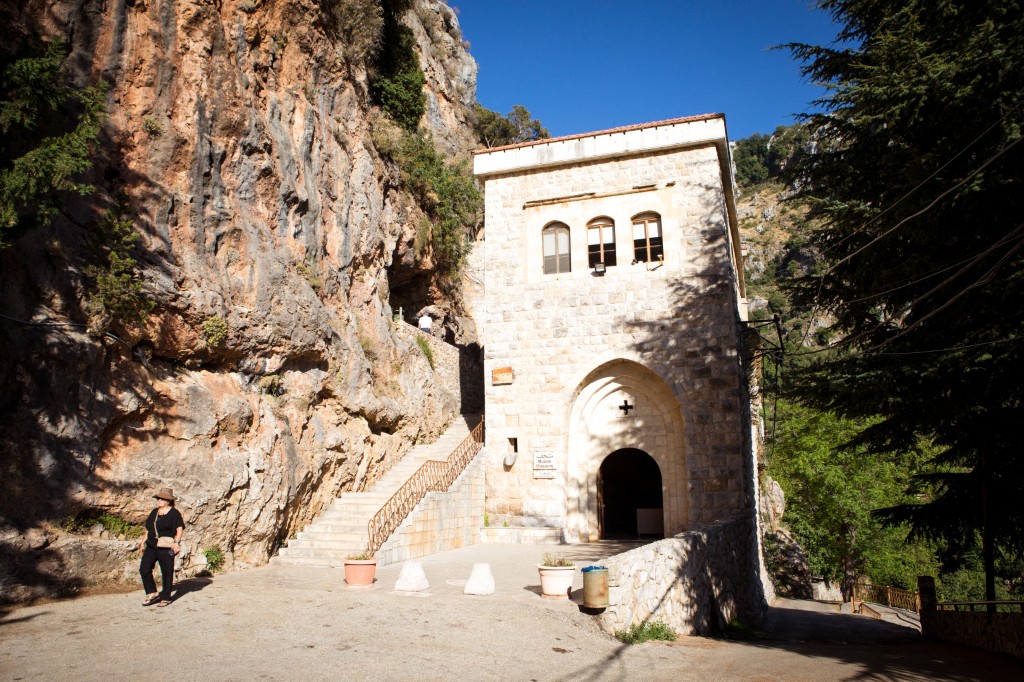
Among the largest is the Qannoubine Monastery, which was the seat of the Maronite Patriarchate for 400 years (1440-1899). It houses 18 patriarchs buried in a nearby chapel, where wall frescoes can be admired. Today, it is occupied by nuns.
There also stands Deir Mar Antonios Qozhaya, grand and majestic since the Middle Ages. From the depths of this valley, culture spread, and today one can admire a recent printing press and visit the Printing Museum.
Indeed, in 1982, the monastery received the UNESCO medal for the first printing press in the Arab world.
The Saint Elysée Convent, also known as Deir Mar Elichaa, is one of the largest hermitage centers in the holy valley, restored in 1994. It consists of several caves carved into the rock.
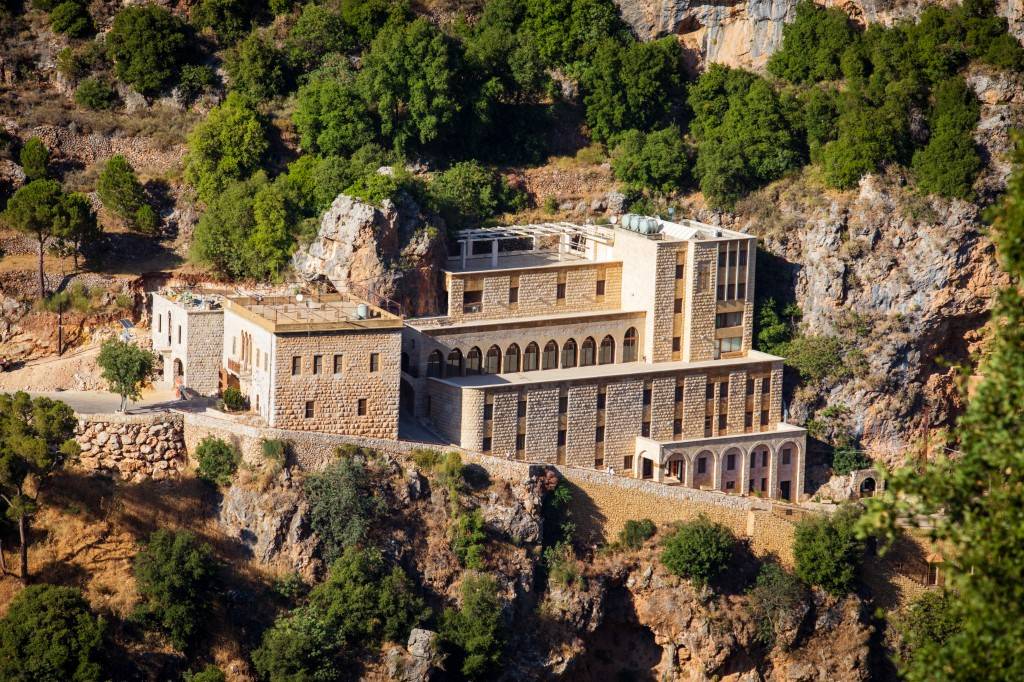
It is also essential to mention Mar Assia, which preserves traces of Ethiopians present in the valley, Deir el-Salib, with its medieval frescoes, the chapel of Saidet Haouqa, a pilgrimage site during the Feast of the Assumption of the Virgin, and the chapel of Mar Chmouni, built in the Middle Ages.
And there is still so much to say and discover that one quickly realizes it is much more than just a stopover; it is a pilgrimage, an initiation, a quest, a spiritual elevation, a reconnection to the infinite.
As Gibran Khalil Gibran said, never forget the sacredness of this land.
Please post your comments on:
[email protected]
 Politics
Politics



